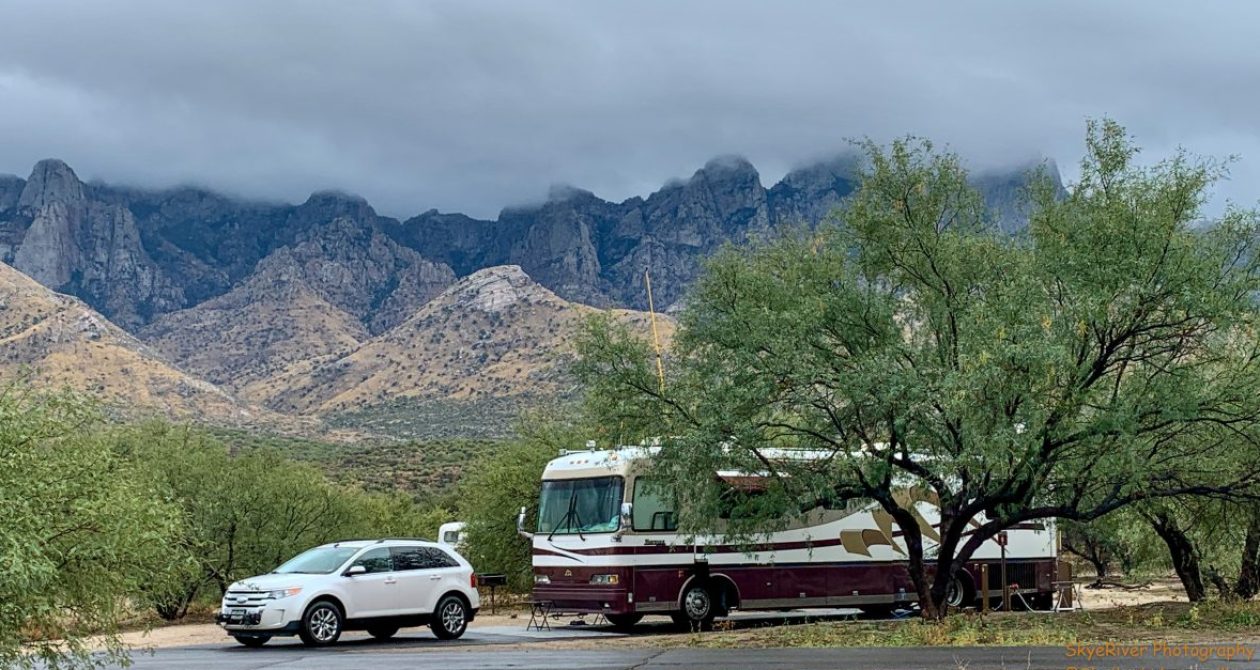Photo taken on January 6, 2024
The Say’s Phoebe is often found in wide, open settings. They have cinnamon-washed underparts and a gentle facial expression. They are very patient hunters. This Say’s was very patient with me and I believe he was smiling at me as a tried to capture several photos of him.

Some cool facts about the Say’s: (from the web)
~Charles Bonaparte, a nephew of Napoleon, named the Say’s Phoebe after American naturalist Thomas Say, the first scientist to encounter the bird, at a site near Cañon City, Colorado, in 1819. During the same expedition, Say also collected 10 additional bird species. Despite finding several new bird species in his career, Say is perhaps better known as the “father of American entomology.”
~Say’s Phoebes have been in the U.S. for a long time. Paleontologists discovered Say’s Phoebe fossils in Arizona, California, New Mexico, and Texas dating back to about 400,000 years ago (the late Pleistocene).
~The Say’s Phoebe breeds farther north than any other flycatcher and is seemingly limited only by the lack of nest sites. Its breeding range extends from central Mexico all the way to the arctic tundra. It may be following the Alaska pipeline even farther north, nesting on the pipeline itself. “Cool”
~When a Say’s Phoebe finds a good nesting site, it often uses the nest year after year. In central Kansas a Say’s Phoebe reused the same nest 5 years in a row.
~Say’s Phoebes will nest just about anywhere: in mailboxes, on machinery, and even in old nests built by other species. Researchers reported them using nests built by Black and Eastern phoebes, Cliff, Bank, and Barn swallows, and American Robins.
~They sally from low perches to snatch insects in midair or pounce on them on the ground. Say’s Phoebes often pump their tails while perched on a wire, fence post, or low bush.
Hope you had a gentle expression on your face as you read this posting! Keep Smiling!
